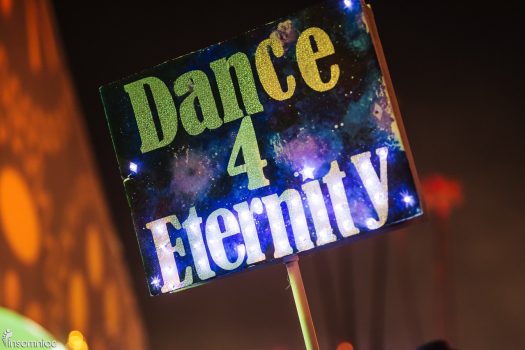
"In the 1950s, there were atomic bomb tests," McCrossen said. The calendar is still there, we're still waiting for January 1st, but the clock and midnight become especially important."īefore the 1970s, countdowns were generally associated with bad things. "But by the 20th century, it becomes a clock holiday. You woke up on January 1st, you said, 'happy new year', you went to church, perhaps, and maybe you exchanged gifts, and it was a calendar holiday," she said. These days, a New Year's Eve celebration doesn't feel complete without one thing: a countdown.īut that 10, 9, 8, 7, 6, 5, 4, 3, 2, 1 ritual to ring in the new year isn't as old as you might think.Īlexis McCrossen is a history professor at Southern Methodist University and says clock-watching is actually relatively new for Americans. Many people drink and toast with champagne or other sparkling wine.Fireworks explode in Times Square on New Year's Eve on Januin New York City. Midnight between New Year’s Eve and New Year’s Day is often marked by fireworks and fire crackers. New Year’s Eve and New Year’s Day are symbolized in various ways across the world. For example the New Year in the Hindu, Chinese, Coptic, Jewish, Islamic calendars differ to that of the Gregorian calendar. It is important to note that not all cultures follow the Gregorian calendar in observing New Year’s Eve and New Year’s Day. When many inhabitants in Europe were converted to Christianity, these festivals were merged with Christian beliefs and in time came to mark holidays such as the New Year’s Eve and New Year celebrations. New Year’s Eve festivities can be traced back to celebrations in Europe that date back before Christianity spread. For example, the United Kingdom and the United States started observing the Gregorian calendar in 1752, in which 11 days were dropped. It was adopted immediately in some areas of Europe but it was not used in various countries until even centuries later. Pope Gregory XIII introduced the Gregorian calendar in 1582.

New Year's Eve is the last day of the year and the day before New Year’s Day, which marks the start of a new year according to the Gregorian calendar. Those wishing to travel via public transport may need to check with the local transport authorities on public transport schedules for New Year’s Eve. New Year’s Eve is not a nationwide public holiday in countries such as Australia, Canada, the United Kingdom and the United States, but some businesses close early, schools are usually closed, and many people may have half a day off work. It is a holiday for banks in countries such as Bangladesh, Brunei, Paraguay, and Japan (New Year’s Eve is also a government holiday in Japan). New Year’s Eve is a public holiday in places such as Latvia, the Philippines, and San Marino. In some parts of the world, including in the United States, many people sing the Scottish song “Auld Lang Syne” during the New Year’s Eve celebrations. As the clock strikes midnight into New Year’s Day, many people celebrate this event by exchanging hugs, kisses, and wish each other a “Happy New Year”. Some people tune into watching televised countdowns. Many people start counting down to New Year’s Day in the last minute or seconds before the last night of the year ends and the New Year begins. Many New Year’s Eve celebrations are highlighted by firework displays. Some people have small parties or gatherings at their homes. Some people attend formal masquerade balls while others have costume parties. The size of festive events for New Year’s Eve can vary in size and theme. Many people hold parties to bid farewell to the finishing year and to celebrate the New Year. Some people celebrate New Year’s Eve by attending midnight church services, while others gather around in public venues such as Times Square in New York City, or Trafalgar Square in London to count down for the closing seconds of the old year. Many people start thinking about New Year’s resolutions at this time of the year. On the other hand, some people experience a sense of nostalgia as they reflect on the events that took place in their lives in the past 12 months. On one hand, it is a time to celebrate the end of the year gone by and welcome what is in store in the New Year.

New Year’s Eve is a day of mixed feelings for many people. Many people celebrate New Year's Eve to bid farewell to the year that ends and to welcome the New Year. Count down to the New Year no matter where you are in the world.

New Year’s Eve is one of the largest global celebrations because it marks the last day of the year in the Gregorian calendar, December 31, before the New Year. Business Date to Date (exclude holidays).


 0 kommentar(er)
0 kommentar(er)
